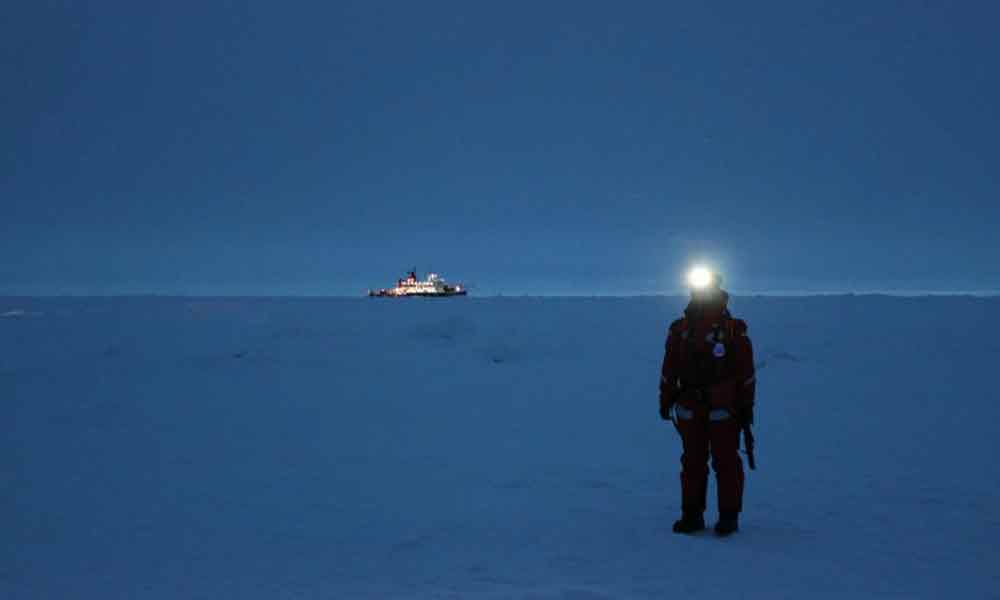The smallest and shallowest of the world’s five major oceans are under Summer threat of losing its icy surface. Currently, the North Pole is covered by sea ice year-round. Each summer, the ice cover decreases, and returns in the winter. Amid rapid climate change, the extent of the sea ice in the Arctic Ocean is diminishing faster than ever. A major new piece of research published in the Geophysical Research Letters, a major scientific journal, used 40 different climate modules to conclude that ice-free summers in the Arctic Oceans are nearly inevitable.

The study found that even if CO2 emissions are rapidly Summer reduced, the Arctic sea ice will nevertheless disappear in the summer before 2050, shocking the researchers. The sea ice is crucial for the polar ecosystem, as a hunting ground and a habitat for various animals such as polar bears and seals. It also keeps the North Pole cool by reflecting sunlight off its bright white surface.
If CO2 emissions continue to rise, most summers will see the ice-free Arctic Ocean. But, if emissions are reduced and temperature increases are brought down to within 2 degrees Celsius a year, then the ice will disappear Summer completely only once or twice every few years.
Krishaang Kohli

Grade XII, Manav Rachna International School, Gurgaon
Krishaang is a curious and ambitious young man who wants to make a change in the world and leave his mark. He is a published writer and has taken part in and won many debate and group discussion competitions at all levels (from school to international).





